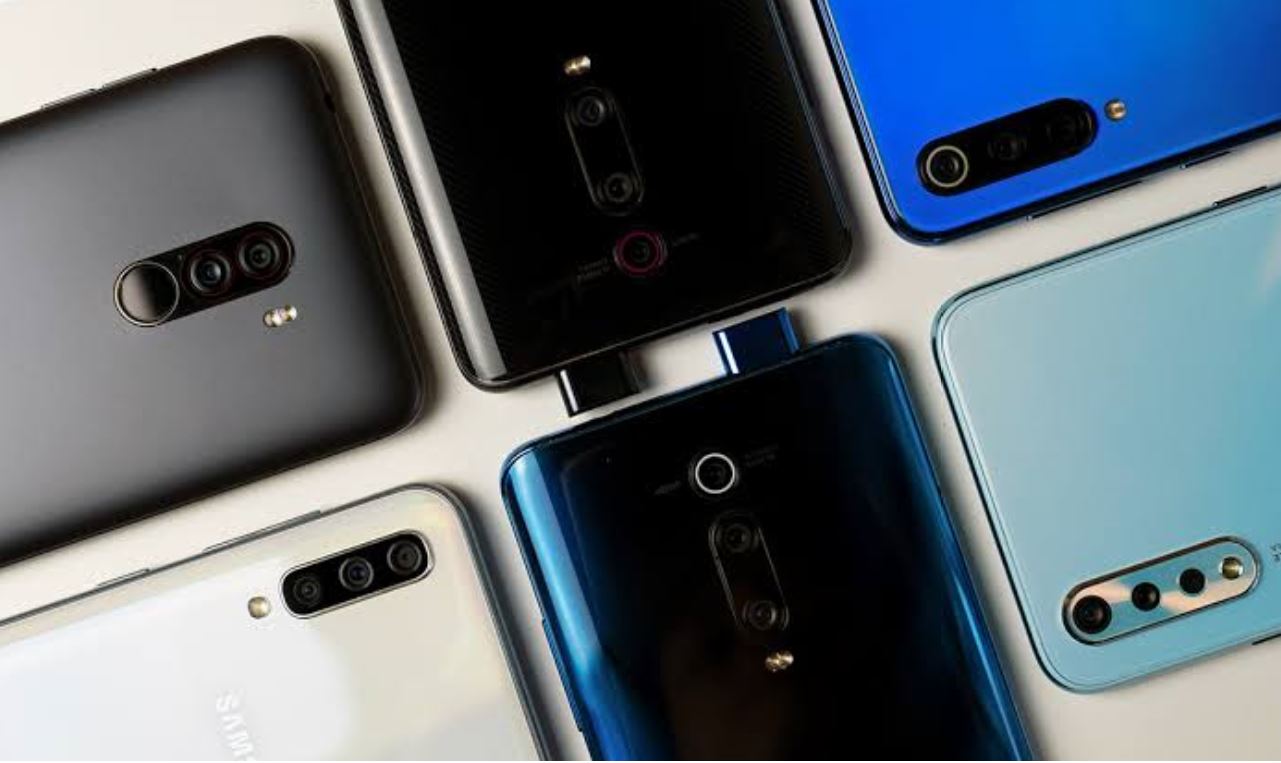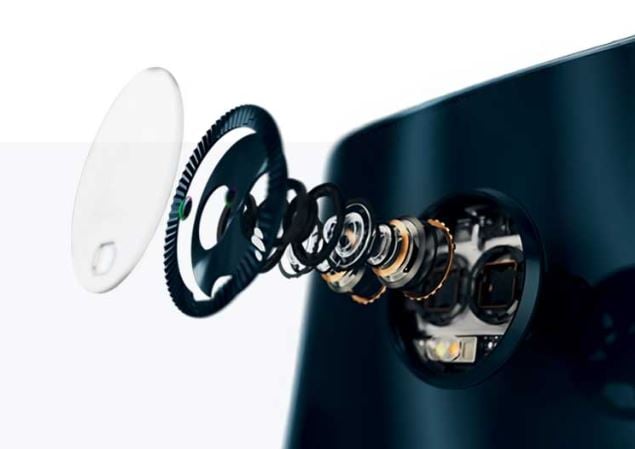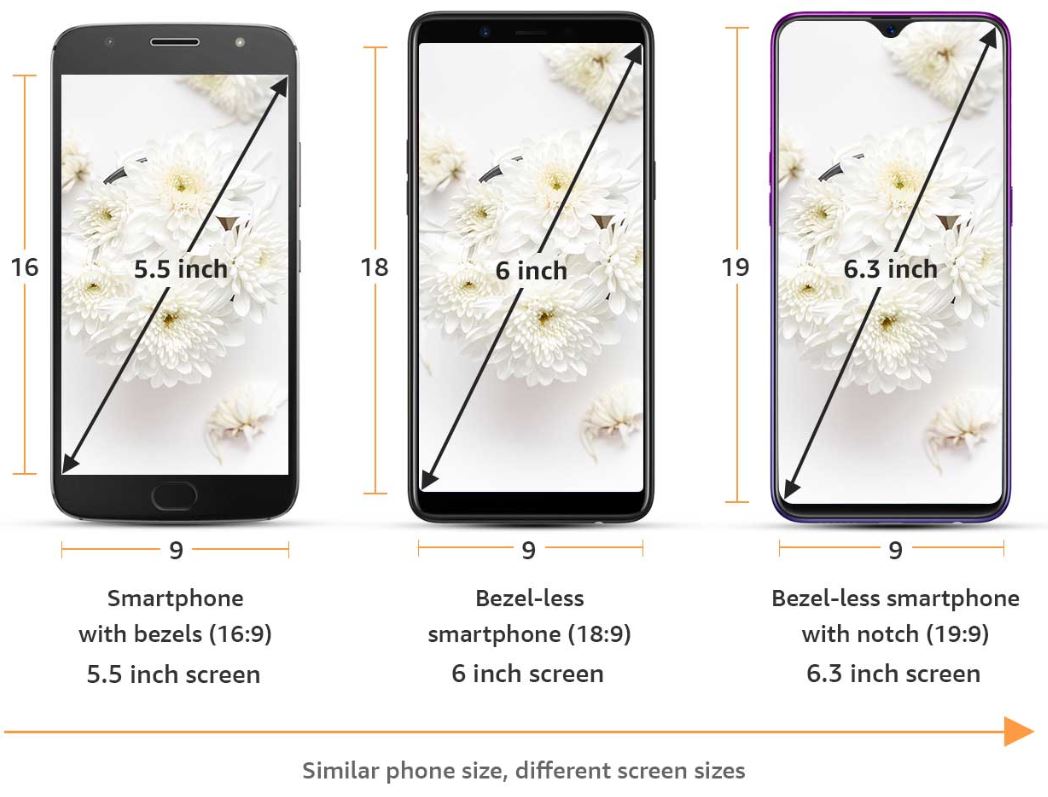Smartphone Buying Guide
Smartphones are now integrated with our lives and selecting a smartphone out of the enormous choice list is just like selecting a right-companion, maybe for a year or two as smartphones tend to get out-dated in a very short time. Many people despite having easy access to the World Wide Web, struggles in making the right choice and most of the time easily get influenced by the salesperson of the XYZ brand. Almost every procedure in the world has a guide and selecting a smartphone is also a kind of procedure that can have a guide too, undoubtedly, a guide can help the buyers in selecting the most suitable smartphone at any point of time unless the major aspects of selection remains intact.

Select the criteria first
In selecting a smartphone there are many aspects that require a buyer’s consideration and utmost attention. The selection criteria completely depends on the taste of the buyer, suppose the buyer is a person whose main usage of smartphone is for being active on Social Media, then the buyer should lay its focus mainly on media-editing capabilities of phone and Camera, or if the buyer is someone who is more into playing games - then internal hardware becomes matter of concern. So it is advisable to select the criteria according to the usage because there is no smartphone in the world that is perfect in every way.
Steps for selecting a smartphone to purchase:
-
Set the criteria.
-
Compare specifications.
-
Select more than one smartphone temporarily.
-
Read the reviews and feedback for the selected set.
-
Choose the best suitable one.
Things to keep in mind
The first and foremost thing that comes in mind when buying a smartphone is the specifications. The smartphones’ spec-sheet (comprising the complete specifications) is something that makes the task of selection easy to much extent. Before knowing the spec-sheet of a smartphone it is advisable to become aware of the trending specifications along with the prices.
Following things should be kept in mind within the specifications' area:
1. Processing
- CPU and Chipset: The advancement in technology brings new processors and Chipsets in new smartphones very frequently. More number of processor and better chipset is always preferred for faster processing and lag-free user experience. The best chipsets and processors are always equipped with flagship smartphones but mid-range smartphones and budget segment smartphones nowadays have admirable processors and chipsets.
- GPU: This is something that most ignore and in doing so regret at the end. The GPU is as important as CPU as the modern era is completely based on graphics and animation. So for buttery smooth animations and smoother gaming, an expert GPU is inevitable for a smartphone. The popular GPUs in modern smartphones are Adreno and Mali.
- RAM and Storage: Not only the size but speed is also an important thing to look at in the smartphone’s RAM. The bigger and faster RAM is always preferable for multi-tasking and loading apps at faster speeds. Currently, smartphone manufacturers use DDR4 RAM in their smartphones. The storage size as well as type is important as it can boost up the operating and file transfer speeds. Obviously, UFS 3.0 storage type provides better read and transfer speed than the UFS 2.0 or UFS2.1 so go for UFS3.0 if possible.
- AI: There are smartphones available in the market that comes with dedicated hardware for AI stuffs and hence AI be mingled in these factors.
2. Camera
- Resolution and Sensor: The resolution of a camera sensor defines the capacity of capturing details in an image and storing it in the memory space. The sensor is the main thing that captures the image but the final image is not just the output of the camera sensor, other things like lenses, post-processing, and hardware-filters play a vital role in improving the end quality.
- Lens: Everyone knows what is a lens and its function. The camera lens is responsible for capturing and focusing the light rays on the camera sensor. The lenses are defined by the capacity of capturing light as well as the angle of view. The lenses are many times seen having a suffix like “ f/2.0 25 mm” or “f/1.7 22mm” here the f stands for focal power which enables it to capture light and denoted as F/2.0 or F/2.0. The lower the number after 'F' higher is the light-capturing capacity. Moreover, the lens is responsible for focusing. Modern smartphones come with a PDAF system and very few come with a laser focus system to rightly focus the object whose image is being captured or shot. The Dual Pixel autofocus is the latest and the fastest technology in the autofocusing segment and is preferable than PDAF(Phase detection autofocus). Mainly three brands are renowned in making lenses: Sony, Lecia, and Zeiss so try to select a phone comprising a lens made by any of these.
- Number of cameras: The number of camera sensors in smartphones is increasing at a great pace. Brands are adding more sensors for different purposes namely for wide-angle shots, macro shots, telephoto shots, and for depth sensing to add bokeh effect to the image in the end.
- Stabilization: Many times images get blurry or video recording appears shaky because of unsteady hands but stabilization technology in camera allows capturing the blur-free image and recording smooth videos even with shaky hands. The stabilization reduces animation blur and helps in capturing details even in motion. There are mainly two types of stabilization techniques: OIS and EIS. OIS is something present within the camera module that moves the sensor in such a way that images seems stable to the sensor while the EIS stands as an inferior one, as it uses the gyroscope to stabilize the videos, and in doing so it needs to cut out some side portion of the frames, hence in most of the smartphones EIS does not work at full resolutions.

3. Display and battery: The latest smartphones come with big displays and thin bezels. Taking display form factor into consideration latest smartphones come in four display forrm factors:
- Display with a wide notch or a small notch.
- Notch-less phones or phones with a punch-hole display.
- Thin bezel phones.
- Thick bezel phones

Out of these four kind notch-less phones or phone with tiny punched – hole displays provide better viewing experience than the rests.
When it comes to display-type, prefer AMOLEDs over IPS LCD with LED Backlit and IPS LCDs over the TFT screen. The TFT screen seems to have lost its presence in the smartphone market these days. AMOLEDs are better at color reproduction and battery consumption compared to IPS LCDs but AMOLEDs are more expensive. Moreover, there should be some screen protection like Gorilla Glass to prevent minor physical damages.
The battery of the phone is something that cannot be ignored as phones with a hefty processor and chipset along with power-consuming cameras sucks up the battery very quickly and hence it is advisable to buy a phone with large battery size and better fast charging support.
The above mentioned are interlinked with each other and also the best hardware comes with sets of cons, for instance, the CPUs at higher clockwork speed gives better performance but also adds up to the heat produced inside and Moreover, the ergonomics is also an important criterion to be satisfied if the buyer has handling issues.
Read Top 5 smartphones in India under Rs.10000/- (2019)

